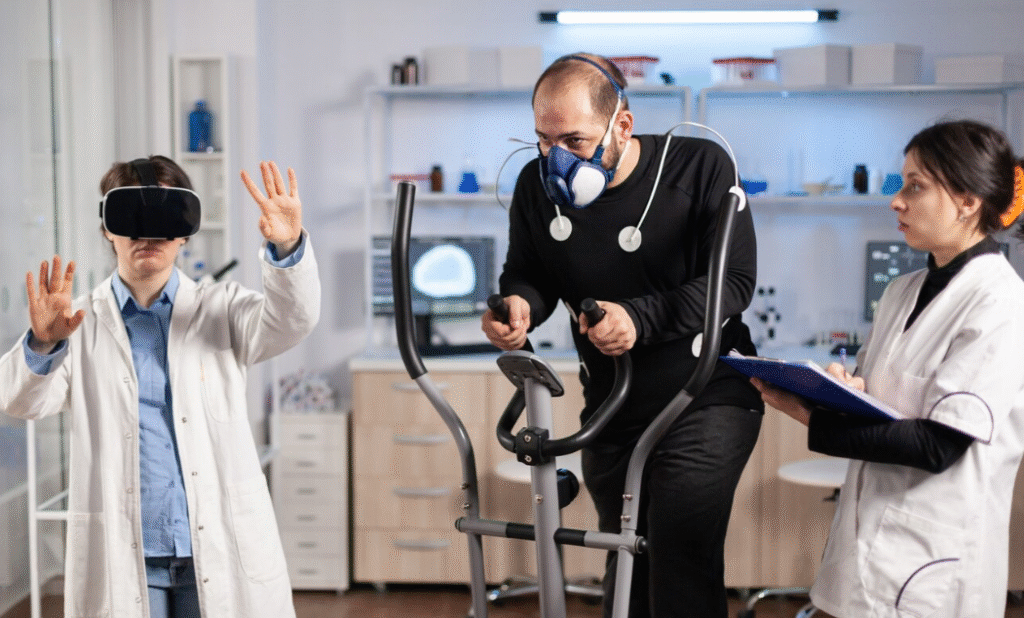Online shopping has transformed the way we buy products, offering unmatched convenience and variety. However, it has often lacked the sensory richness and engagement of physical retail. Virtual Reality (VR) is changing that by adding immersive, interactive layers to e-commerce — blurring the lines between digital and physical retail experiences.
What is Virtual Reality in E-Commerce?
Virtual Reality is a simulated environment created using computer technology, allowing users to explore and interact with 3D spaces through VR headsets or compatible devices. In the context of online shopping, VR creates virtual stores, fitting rooms, or showrooms that consumers can navigate just as they would in a real-world retail space.
Key Ways VR is Revolutionizing Online Shopping
1. Immersive Storefronts
Instead of browsing a static website, shoppers can enter a fully immersive 3D store, walk through aisles, and inspect products from every angle. This experience mimics physical shopping, making online buying more engaging and intuitive.
2. Virtual Try-Ons
Whether it’s clothing, accessories, or even makeup, VR enables users to try items on virtually using avatars or digital mirrors. This drastically reduces the uncertainty that often leads to returns or cart abandonment.
3. Product Visualization
VR lets customers examine products in 3D, zoom in on details, rotate items, and see how they might look or function in real life. This is especially useful for furniture, home appliances, and automotive accessories.
4. Interactive Shopping Assistants
AI-driven virtual assistants inside VR environments can guide users through product features, make personalized recommendations, or even help with checkout — creating a customer support experience that feels human.
5. Social Shopping Experiences
Some VR platforms enable multiple users to shop together in the same virtual space, replicating the social aspect of going to a mall or store with friends or family — all from different locations.
Benefits for Consumers and Businesses
For Consumers:
- Greater Confidence: Better product understanding leads to more confident purchases.
- Personalization: Avatars and preferences create customized experiences.
- Reduced Returns: Trying before buying reduces mismatch risks.
For Businesses:
- Higher Engagement: Immersive shopping increases the time spent in stores.
- Brand Differentiation: VR experiences help brands stand out in a crowded market.
- Data Insights: VR interactions offer rich data on consumer behavior.
Real-World Examples
- IKEA allows users to design virtual rooms with furniture and walk through them in VR.
- Nike offers VR try-on features for shoes and apparel through select platforms.
- Alibaba has created VR shopping malls that mimic real retail environments.
Challenges and Considerations
While promising, VR in e-commerce isn’t without obstacles. High equipment costs, limited consumer access to VR headsets, and the need for high-quality 3D content can slow adoption. However, as hardware becomes more affordable and accessible, these barriers are gradually fading.
The Future of Shopping Is Virtual
As technology advances, VR will become more integrated into everyday retail. From personalized virtual storefronts to full-body avatars and haptic feedback, the future of shopping could be more immersive than we ever imagined. Businesses that embrace VR early will not only offer better experiences but also build deeper emotional connections with their customers.


